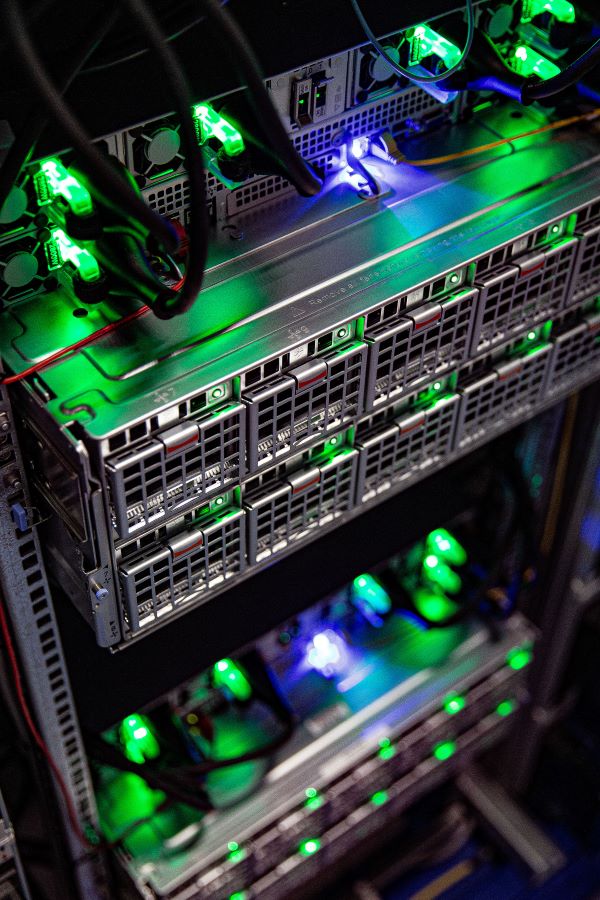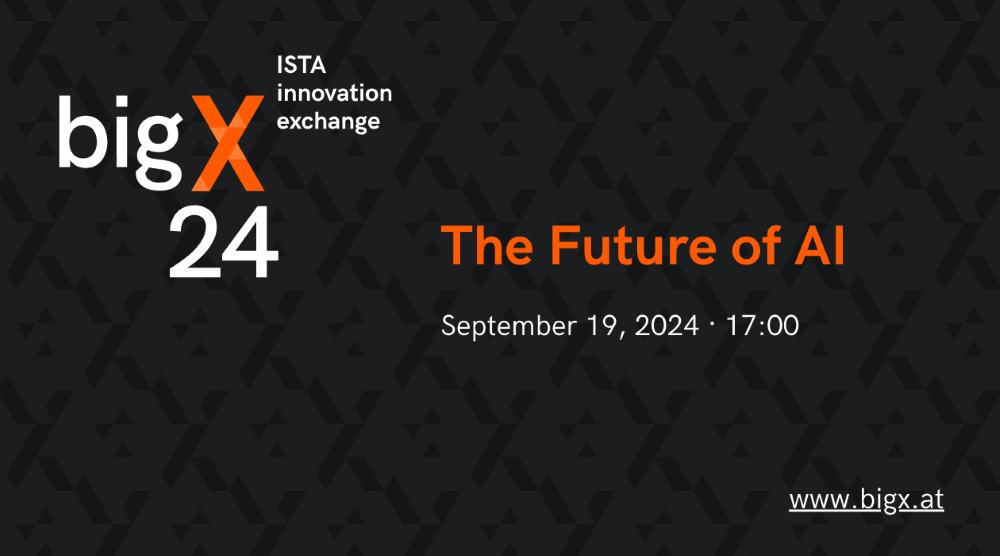August 8, 2024
Institute of Science and Technology Austria Speeds Up Academic AI Research with NVIDIA Accelerated Computing
ISTA is investing in an NVIDIA GPU cluster for generative AI and machine learning
The Institute of Science and Technology Austria (ISTA) today announced it is investing in a state-of-the-art cluster of over 100 NVIDIA H100 Tensor Core GPUs to enhance its computing infrastructure and scale up machine learning for academic research. The latest-generation GPU cluster specializes in training large language models for generative AI and machine learning. The Institute-funded, multi-million investment helps accelerate AI research in the public sphere at scale and consolidates ISTA as a European computational hotspot.

In the generative artificial intelligence (AI) era, AI research and machine learning are making giant leaps, driven predominantly by the private sector. With a 3.6 million Euro investment in the latest-generation NVIDIA H100 Tensor Core GPUs to modernize its computing infrastructure, the Institute of Science and Technology Austria (ISTA) boosts its computational capabilities to train large language models (LLMs) for generative AI and machine learning in academic research.
“With this major modernization, ISTA enhances its computational capabilities to match competitive, international-level research institutions at the forefront of academic AI research,” says ISTA President Martin Hetzer.
“The installation of ISTA’s new NVIDIA GPU cluster offers powerful computational capabilities to train LLMs and drive cutting-edge research,” said John Josephakis, global vice president of business development for high-performance computing (HPC) and supercomputing at NVIDIA. “The cluster will help power breakthroughs for example in life sciences, including structural biology and neuroscience, to advance scientific knowledge and education.”
ISTA will continue to invest in the cluster to maintain it at high international standards.
A modernized high-performance computing cluster with specialized GPU node types and enhanced CPU computing

The NVIDIA H100 GPU nodes are part of a larger infrastructural modernization of the ISTA HPC cluster. The upgraded infrastructure consists of two new NVIDIA GPU node types with complementary functions, in addition to modernized and expanded CPU computing. The first new GPU node type consists of 13 nodes of eight-way NVIDIA HGX H100 systems, reaching peak computational performance of 416 petaFLOPS. With over 100 powerful GPUs, this part of the cluster is designed to tackle complex AI tasks like training LLMs similar to ChatGPT and applications like the protein structure-predicting AI program AlphaFold.
The second new GPU node type consists of 12 nodes of four-way NVIDIA L40S GPU systems–and focuses on graphical applications that require training smaller models. These include structural biology computations in cryo-electron microscopy and image analysis. Part of this second expansion includes replacing older GPU systems at ISTA, where more than 150 previous-generation NVIDIA GPUs will still be operational. In addition to the two new GPU node types, modernized CPU computing will provide 147 million core hours per year (running one CPU for an hour is equal to one core hour). The 147 million core hours per year have been derived from the utilization data from recent years, the additional requirements of existing faculty, and the expected needs of new faculty recruits for the coming years. ISTA currently has over 80 active research groups and is planned to grow to 150 groups by 2036.
Advancing AI research, a collaborative effort between academia and the private sector
Recent developments in generative AI and machine learning have demonstrated that scale plays a crucial role. “Currently, training massive AI models is primarily the domain of large tech corporations. By installing this high-performance computing cluster, ISTA empowers its researchers to experiment with cutting-edge AI technology and potentially advance it in new and unexpected directions. This initiative helps better anchor AI research and machine learning in the public sphere, fostering open scientific inquiry, which is one of ISTA’s main strengths,” says ISTA Professor Dan Alistarh, an AI and machine learning specialist who emphasizes the need to ‘democratize’ AI. Alistarh’s group researches ways to create capable but small versions of large AI models that people can use on their affordable hardware, such as a phone or a PC. Hetzer adds, “By modernizing its computational infrastructure while setting the focus on AI research and machine learning, ISTA highlights its meaningful collaborations with the private sector. This is a vital endeavor to ensure academic research helps shape the future of AI.”
The cluster, a project initiated by the ISTA faculty and spearheaded by Alistarh, brings far-reaching advancements to ISTA research, both in the AI field and beyond. Apart from the ability to train various powerful LLMs, the cluster will find applications in research in the life sciences, such as structural biology and neuroscience. Currently, the new computational infrastructure is intended to be used exclusively by ISTA scientists and staff, but there is a possibility to extend the service to external users in the future. By engaging itself to maintain this Institute-funded large-scale modernization at high international standards, ISTA invests in a competitive computational infrastructure for the next generation of researchers.
Minister welcomes ISTA Initiative
The Austrian Minister for Education, Science and Research, Martin Polaschek, appreciates the Institute’s initiative: “I welcome the decision by ISTA to further invest in the future of AI. ISTA is already part of the FWF’s recently presented AI Research Cluster of Excellence ‘Bilateral AI.’ Bringing together the best minds and equipping them with the relevant state-of-the-art research infrastructure will help take AI research in Austria to the next level. Let me wish ISTA and its researchers in AI, as well as their cooperation partners, a lot of success for their innovative endeavors.”

bigX: the innovation exchange conference
Get excited by the newest AI breakthroughs and applications showcased by curated industry leaders and academic pioneers from ISTA, MIT, Oxford, and more. Exchange solutions with top-level executives and academic minds.



